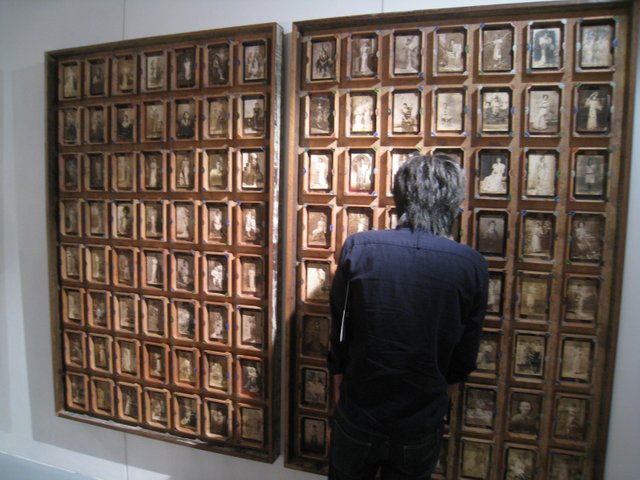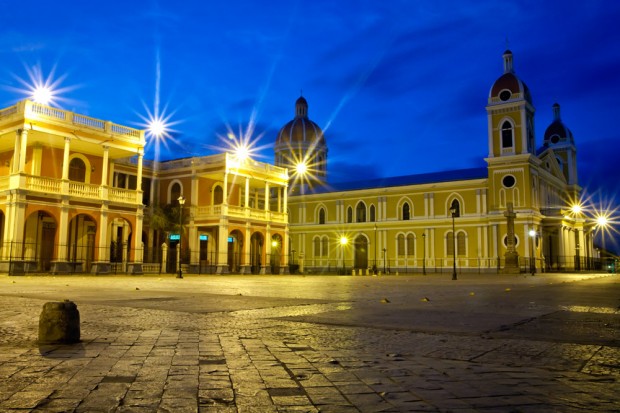GRANADA
Granada is the city and capital of the province of Granada in the southern Andalusia region of Spain. Located along the Sierra Nevada Mountains, at the confluence of the Hadra and Singel rivers, at a height of 738 meters above sea level. It has a population of about 240,099 people, most of whom work in agriculture and tourism.
Location and population
Granada lies at the foot of the Sierra Nevada mountains, at the confluence of three rivers: Darro, Beiro and Genil, rising from 738 meters above sea level. In the national census (2011), the population of Granada was 240,099 inhabitants. The total urban population was 498,365 and Granada was ranked 13th among the largest urban areas in Spain. But 3.3% of the population do not have Spanish citizenship, and a large proportion of them 31% came from South America.
History of Granada
Granada was called Elbera until the middle of the eighth century AD. The name Granada comes from the days of the Islamic rule of Andalusia after it was opened by the Umayyad Muslims in 711 AD and founded the fortress of Granada. Of the city's Alhambra.
And the star of this wonderful Andalusian city emerges during the collapse of the Muslim capitals in Paradise lost, and falling one by one after the punishment between the Christian Spain and the Arab Islamic Maghreb in the state of the Almohads at that time, and the concentration of Muslims in her famous cane, In fact, his weakness in many things and his shameful ostracism of the Castiles in the siege of Seville, it is calculated to consolidate the Muslims in Andalusia Minor, as it was called Granada, where in his time and time of his successors of the Red Sons of the jewel of cities in Iberia and the leader of luxury, Half million as some sources suggest.
The beginning of history
One of the ancient gates of Granada
The city dates back to the Iberian-Celtic colonies. In the fifth century BC the Greeks founded a colony called (Elibyrge or Elybirge, and Greek: Ἐλιβύρηη). Under the ancient Roman rule of the region of Spain, the name of the city became "Illiberis" and the city was given its own currency as part of the economy of Spain. During the fall of the Western Roman Empire, Western goths maintained the city because it was an important urban and religious center and established a military base. But the Eastern Roman Empire restored the city and its rule lasted a century.
Islamic history
An old map of Granada
After the Umayyad conquest of Spain, Muslims in 711 opened large areas of the Iberian peninsula and established the Andalusian state. The Muslims preserved the Roman heritage, repaired and expanded the infrastructure and used it for irrigation and introduced innovative farming methods to obtain new crops such as citrus and apricot in Granada, which became the capital of the Islamic Caliphate. The Jews founded their own community on the outskirts of the city and called it (Jewish Granada). The Islamic armies led by Tariq ibn Ziyad were able to open the city in 711, although the complete conquest of Granada was not completed until 713. The Jews were called Granada Iberia (in Latin: Ilbira) and the Christians called it Elvira (in Latin).
But the internal conflicts that hit the Islamic caliphate in the eleventh century led to the destruction of the city in 1010, and then rebuilt later. In 1013, the Zirids (or Beno Ziri) took over the rule of Granada and became an independent emirate (Granada). At the end of the eleventh century, the city expanded to reach the outskirts of the Alhambra Palace and included the Bayazin (a World Heritage Site).
The fall of Granada and the sixteenth century
On January 2, 1492, the Caliph Muhammad XII, the last Muslim caliph of Andalusia, handed over Granada to Fernando III of Castile and Queen Isabella the First of the Catholic Kings, and thus ended the Muslim rule of Andalusia. The terms of surrender were defined in a treaty called the "Red Decree", which was a condition for Muslims to continue to practice their customs and preserve their religion. The Muslims of Andalusia were named during that period as Madjun. But in 1499 Gonzalo Cicneroz was frustrated by the slow results of the efforts of the Archbishop of Granada, Fernando de Telefera, to convert non-Christians to Christianity. Gonzalo Cisneros issued a forced decree to baptize non-Christians, which showed the presence of the Murskis and Jews (the Murskis are Andalusians Muslims who were forcibly baptized by royal decree). This violation of the terms of the Treaty of the Red Decree led to an armed rebellion of Muslims, especially in the rural areas of the south-west of the Al-Bharat (La Alpujarra).
In response to the rebellion of Muslims, the Crown Prince of Castile in 1501 abolished the decree of the Red and forced the Muslims of Granada to convert to Christianity or immigration. Forcing the Muslim elite to emigrate to North Africa. The majority of the Maderna of Granada were forced to embrace the survey and were thus called "Balmurocians" or "Christians of Muslim origin". The Jews of Granada were forced in 1492 when the Red decree was first issued for conversion to Christianity, expulsion or execution. They were called "Christians of Jewish origin" or "Marranos", meaning "pigs" in Spanish. Both communities (Muslims and Jews) were persecuted, executed and exiled, and they practiced their rituals in secret.
By the 16th century, Granada had become more Christian than ever before and immigrants from other parts of the island of Iberia had arrived. The city's mosques became churches or were completely destroyed. After the exodus of most of the Jews from the city, the ghetto, called the ghetto, was destroyed to open up new Catholic and Castilian buildings.
The consequences of the fall of Granada
The fall of Granada is one of the most important events that characterized the last half of the fifteenth century in Spanish history because it put an end to the rule of Muslims, which lasted more than eight centuries. Spain embarked on a major phase of exploration and colonization all over the world. In the same year, Christopher Columbus's voyage in 1492 led to the discovery of the so-called new world, although Lev Eriksson was the first European to arrive in the New World five hundred years before Christopher Columbus. The resources discovered in the Americas helped to the Spanish state and Ferdinand II and Isabella were able to expand their rule in the United Kingdom. The Spanish colonies, which were carried out by maritime campaigns, especially in the Americas, led to the creation of the Great Spanish Empire.
Landmarks of Granada
The Alhambra Palace and the Civet Garden are among the greatest cultural treasures in Granada among Muslims, Jews and Christians. The Creep Committee is a garden attached to the palace, characterized by its location and unique design, as well as diversity in its flowers, plants and fountains. The Alhambra Palace is the crowning glory of the architectural works of the Red Ages between the 13th and 14th centuries. Most of the Alhambra palace was built during the reign of Yusuf I and Mohammed V between 1333 and 1354.
Granada is well known within Spain because of the status of the University of Granada. Granada is said to be one of the top three cities for college students (the other two are Salamanca and Santiago de Compostela).
Pomegranate (in Spanish, Granada) is the emblem of the city of Granada.
Biazine
It is a neighborhood of Andalusian origin and is a prime destination for many visitors who come to its historical and architectural status and to the natural debate. Archaeological finds in the area date back to antiquity, and became even more important with the arrival of the Zairians in 1013 who built defensive walls around it. In the era of the Red Sons, there has been a major development of the neighborhood, which is characterized by narrow streets and arranged in the form of a network stretching from the top of the city down the river. In the Islamic era, Beyazin was known for its numerous revolutions against the Caliph, and at the time was the residence of industrialists, craftsmen and aristocrats. As the Christians took over, they gradually began to lose their luster. In the era of Philip II and after the expulsion of Muslims from Andalusia and abandoned the neighborhood of all its inhabitants. In 1994, UNESCO listed biazines as World Heritage sites. Among the architectural treasures of the Bayazine are the ancient Kasbah walls dating back to the era of the Bani Ziri, the walls built during the era of the Red Sons, the towers of the Kasbah, and the main mosque that was converted into a church.


